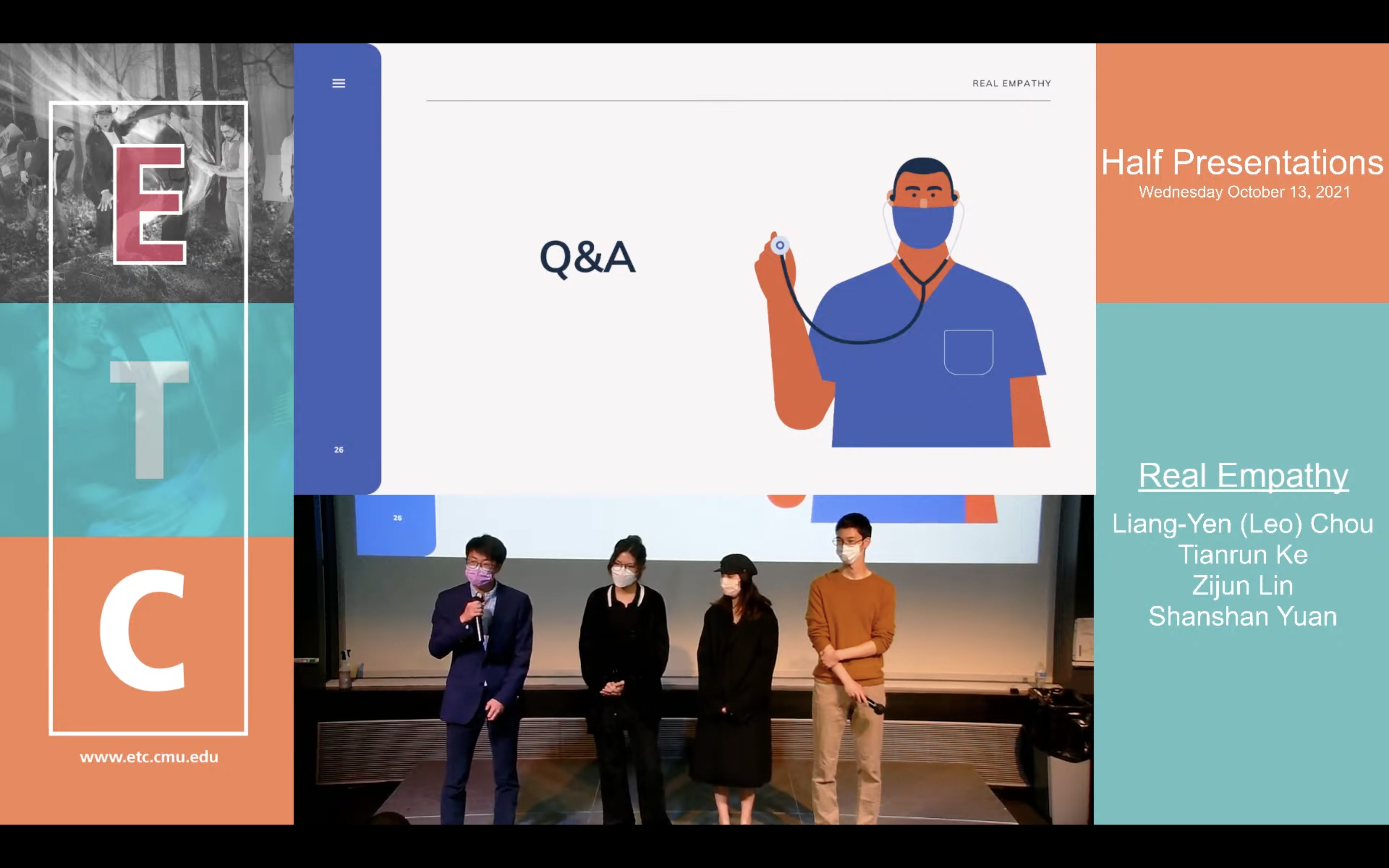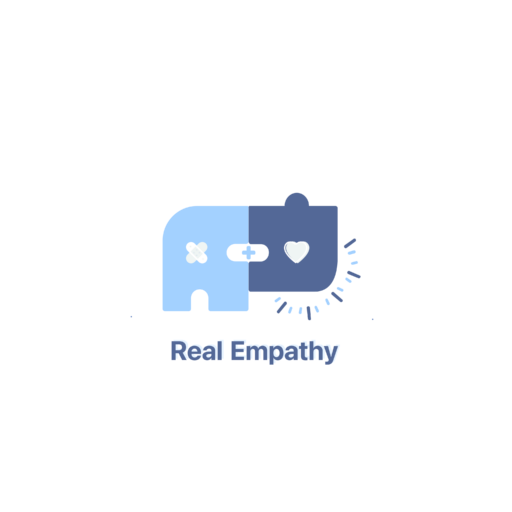Milestone: Halfway of the journey
Unlike last semester, we are entirely on-site for this semester which means that we need to present it on the stage to the public, with live streaming to the world as well. The tradition makes this occasion memorable. We take our last semester slides as a reference and do some modifications to fit this project’s structure and features. It’s good timing for reflection and review when you organize your slides and think about communicating with the audience. Once again, clarifying the goals, the motivations, the requirements, and the approaches and understanding you are on the right path is more important than any other feedback from outside the team. We booked the RPIS, the presentation auditorium and practiced three times on the stage for the presentation. It’s the only chance we can get used to the stage, the lighting, the monitor setting, and the microphones. We rehearsed the presentation and made the flow between team members good. I would recommend taking some photos of rehearsal or recording it as videos, so the team and advisors could quickly review it and comment.
Let’s see our slide: https://docs.google.com/presentation/d/1XMUWliQMD_Oqnb54V4tOr_q2UHB2c1jgq9Ny9p2ZCQ0/edit?usp=sharing
The Overall Feedback:
Overall feedback from faculty showed the worry of the progress, the concern of the selected path, and the unexciting attitude. Although a small proportion of faculty has opposite opinions, it seems most of them would not appreciate what we have done. Fortunately, our clients enjoy what we showed them, and the other good news is that they have a better sense after they playtested in person with us.
As for reflections, I am not worried about our progress, but I thought there was a big problem with expressing our idea. First, we don’t have a self-explained demonstration. The demo video is hard to tell the difference from an ordinary clip because there is no VR magic when people just watch it on the big screen with a first-person point of view. https://drive.google.com/file/d/1x9vY3sxOLp4g8AWFF93Ozt2lq-9Pc4b7/view?usp=sharing
Generally speaking, commercial advertisements of VR productions use a lot of mixed cuts between the game scenes in the player wearing the headset in the real world. It’s a better way to explain the experience on a plain screen rather than playing the in-game recordings.
Second, we don’t have a clear interpretation of our product since we are still exploring and haven’t converged yet. Therefore, the naive audience is easily confused by our presentation because we didn’t clarify the context in detail. Although faculty have participated in our quarter walkaround, we realized most of the faculty is still the naive audience, which means we should assume that they have no idea what we are making before we present.
To define our contribution, thanks to the faculty pointing out, we are more like an initiator of the empathy training. Our product will record the student’s training behavior, provide footage of the conversation and make instructors and students quickly review their healthcare experience and improve their reaction precisely. With this understanding, we clarify we are a starter rather than an all-in-one solution for the full training, so we need to provide some reports or footage as the output for instructors to take over the rest of the process.
The Dilemma for Proof of Concepts: Underestimate or Overpromise
We are the type of project with experimental spirits for proof of concepts. With the top buzz words, we try to combine “Artificial Intelligence” and “Virtual Reality” to build our solution not because it looks fancy but because our clients want to serve a further vision. Therefore, clients are genuine at the beginning with the quote, “We do NOT want you to fail, but we would rather fail at something we can iterate rather than succeed at something we will never use.” In other words, our final deliverable might be somewhere between a playable prototype and refined production. We don’t want to underestimate nor overpromise, but it’s tough to tell the progress in the middle since the learning curve is more likely exponential rather than linear.
This journey is like Columbus shipping on the ocean to seek the new mainland, that is, you don’t know your exact location until you are close to the destination. We decided to embrace the concerns and questionings from faculty and turn them into our motivation so that we wipe ourselves harder and explore the boundary as far as we can. With no afraid of being underdog, we strive to make our findings and achievements at the final stun everyone.

